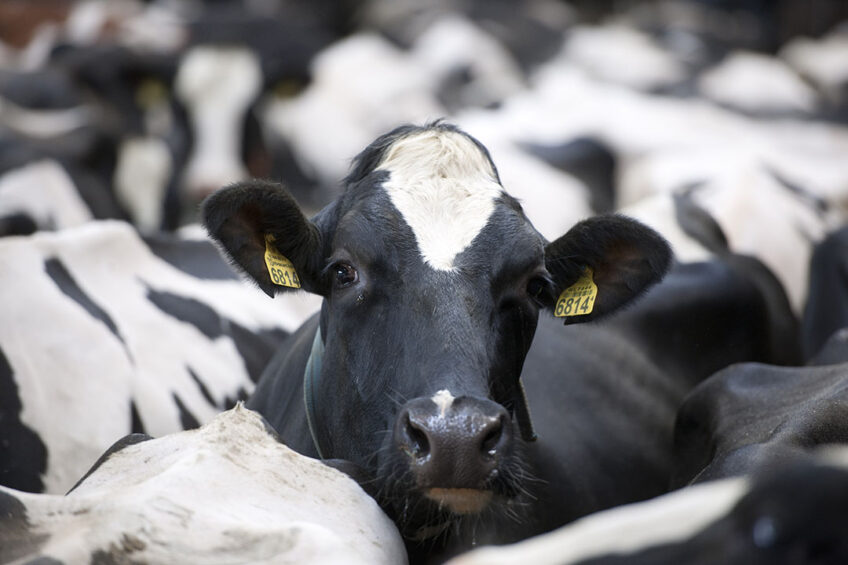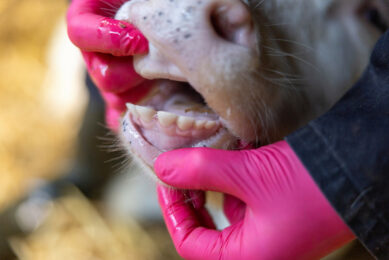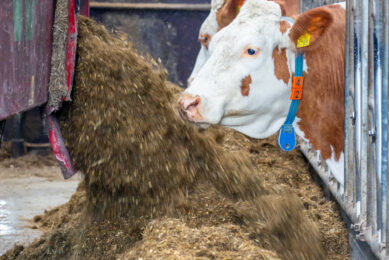Cattle movement bans may cause unnecessary economic harm

New research from the University of Warwick has offered an economic perspective on controlling cattle and other livestock diseases. The researchers highlight how movement bans during a disease outbreak may prove to be economically damaging.
The livestock industry relies on the movement of animals, either between farms or from the farm to the slaughterhouse, to make a profit. When an outbreak occurs, often authorities impose a ban on the movement of animals in a specified area to prevent the spread of the disease. Such movement bans can have a profound and wide-ranging impact on farmers and can also result in enormous losses to the tourist industry.

Focusing on Foot and Mouth Disease (FMD), bovine TB (bTB) and bluetongue virus (BTV), researchers from the University of Warwick have drawn interesting conclusions about the role of movement bans in controlling an outbreak.
A more localised approach
The research, “The Role of Movement Restrictions in Limiting the Economic Impact of livestock Infections” by Nature Sustainability, found that the current UK government policy of national movement bans when an outbreak of FMD is detected (and large-radius bans for BTV) may cause unnecessary economic harm, when a more localised movement ban could be as successful in halting the spread of the disease and would limit the subsequent negative economic impact.
Led by Dr Mike Tildesley of Warwick’s Zeeman Institute for Systems Biology and Infectious Disease Epidemiology Research, the researchers use predictive models to examine the consequences of various control options.
The researchers argue that whilst livestock movements bring the risk of long-range spread of infection, this risk is strongest from farms near where an infection has been detected. A limited movement ban (only preventing movement from farms near to known cases) therefore brings most of the benefits but with fewer economic costs.
By not automatically implemented national bans during outbreaks, geographical regions unaffected by the outbreak would not face the same economic impact caused by the restrictions put in place by a national ban.
Optimal movement bans are often shorter
In a news release on the website of the University of Warwick, Dr Tildesley said that optimal movement bans are often far shorter than existing policy: “Our research says that movement controls need to be carefully matched to both the epidemiological and economic consequences of the disease.” He added that movement bans of 15 – 60k m are optimal for FMD (with larger radii preferable if tourism losses can be ignored), while for BTV the optimal policy is to allow all movements.
The researchers also looked at bTB, concluding that the economic cost of any movement ban is more than the epidemiological benefits; however, if tests are sufficiently cheap a localised testing programme around infected farms could be economically viable in the long-term.
The research in Nature Sustainability was authored by M.J. Tildesley, S. Brand, N.V. Bradbury & M.J. Keeling, University of Warwick, Coventry, UK; E. Brooks Pollock, University of Bristol, UK; and M. Werkman, Imperial College London, London, UK.
Join 13,000+ subscribers
Subscribe to our newsletter to stay updated about all the need-to-know content in the dairy sector, two times a week.










